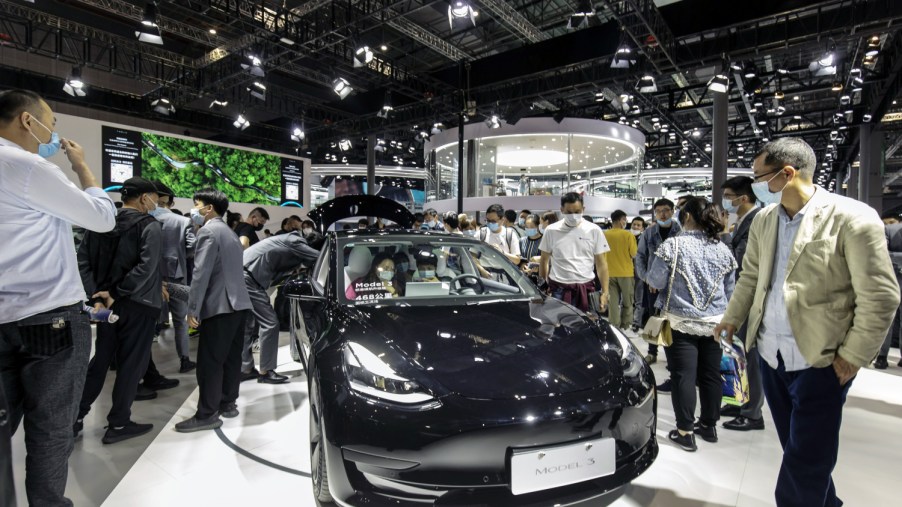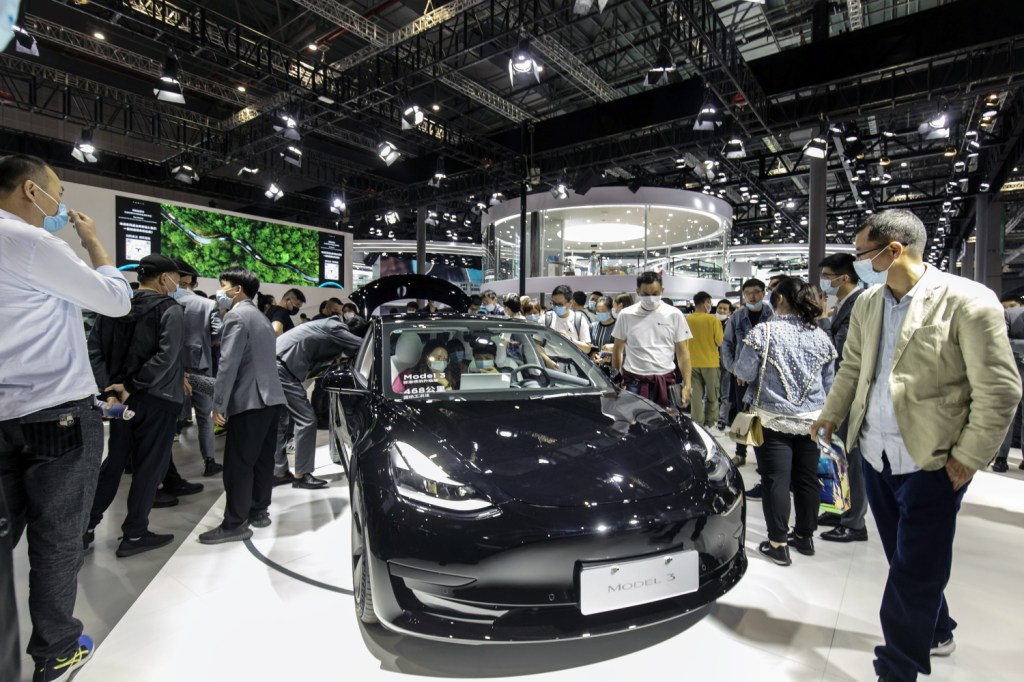
How Did Tesla Avoid the Chip Shortage?
Most of the world has been struggling with the semiconductor chip shortage. In addition to the chip shortage, supply-chain issues have made it hard for companies to keep up with production. How was Tesla able to avoid this shortage that seemed to plague the entire automotive industry?
What is the semiconductor chip shortage?

Wall Street Journal explains that the semiconductor chip shortage isn’t limited to just cars and electric vehicles. These chips are an integral part of things like home appliances, computers, and cars.
Unfortunately, the shortage is likely to continue throughout the next year since companies cannot keep up. Many issues are hampering the production of these important chips. For instance, companies that make the semiconductors are unable to get the parts to make the chips.
Additionally, many production facilities are running at a slower pace. Between workers testing positive for COVID-19 and more safety measures, the ability to produce is much slower. In addition, freak weather slowed down things in America back in March.
Relations between America and China are also impacting the ability to move these parts. Wall Street Journal notes that due to the uncertainty, companies are stockpiling chips. “That could slow down the post-pandemic recovery for certain industries that use the chips that are looking to take advantage of rising consumer spending.”
At a crucial time in the EV industry, the future is uncertain for automakers.
How is Tesla dealing with the shortage?
Tesla has an interesting advantage over other brands that was discussed in the Q1 Earnings Report. The company can perform software updates over the air should issues arise.
That means that while some automakers are struggling to meet customer demands, Tesla could send out helpful updates without physically seeing the cars.
“We were able to navigate through global chip supply shortage issues in part by pivoting extremely quickly to new microcontrollers, while simultaneously developing firmware for new chips made by new suppliers.”
Tesla | Q1 Earnings Report
Tesla took one look at the chip shortage situation and pivoted. Is this something we expect from an innovative brand like Tesla? Perhaps. But it explains why Tesla has been able to avoid the same fate many other automakers are taking.
Tesla decided to develop new technology so that the chip that everyone else needed was no longer necessary. By being able to update software over the air, drivers were not impacted as heavily. This likely saved the company a lot of money in the long run.
Will Tesla sales continue to rise?
In the same report, Tesla noted that the brand had the highest production and delivery since it began making electric vehicles. The GAAP (Generally Accepted Accounting Principles) net income was noted as $438 million while the non-GAAP reached $1 billion.
Additionally, Tesla noted that the focus had shifted on making vehicles more affordable. When the Model 3 launched in 2017, the average cost of the vehicle was around $84,000.
By shifting gears and launching new products, new factories, and new technologies, the cost was around $38,000 for Q1 of 2021. Factories are planned for Berlin and Texas, while the Model Y is being produced in Shanghai.



